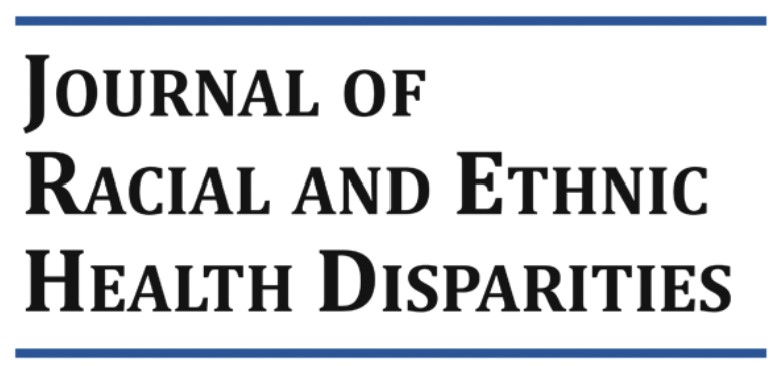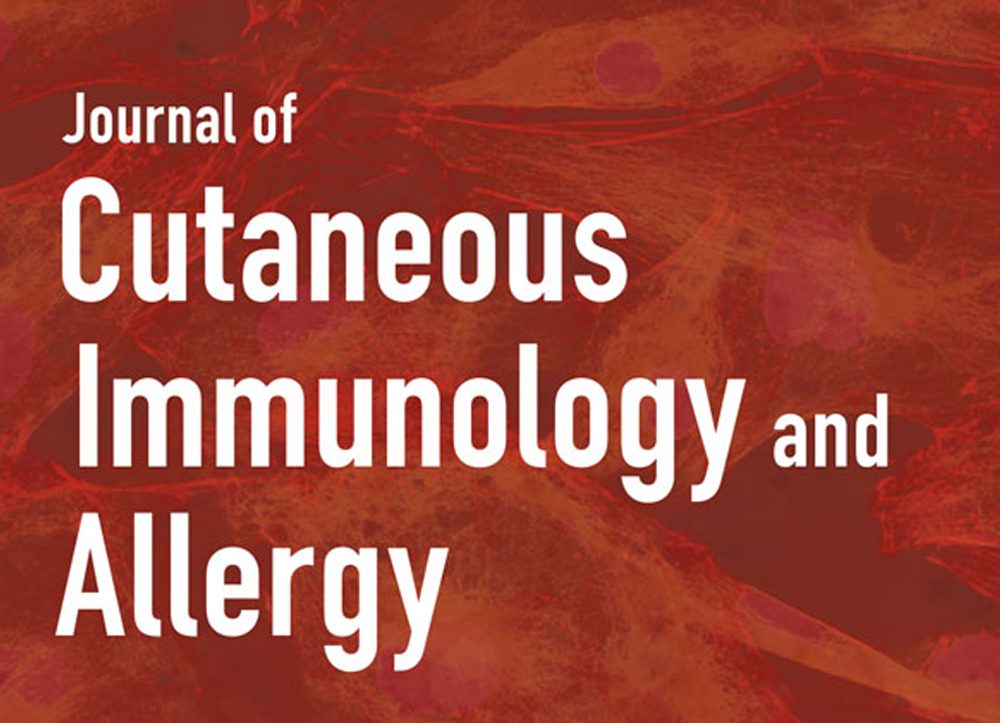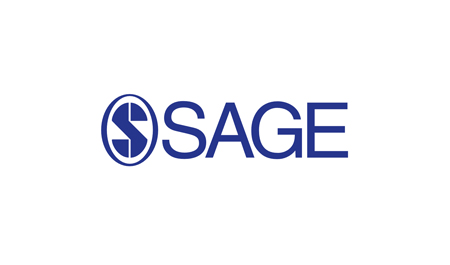Abstract: Early awareness and management of bacterial burden and biofilm is essential to wound healing. Semi-quantitative analysis of swab or biopsy samples is a relatively simple method for measuring wound microbial load. The accuracy of semi-quantitative culture analysis was compared to ‘gold standard’ quantitative culture analysis using 428 tissue biopsies from 350 chronic wounds. Semi-quantitative results, obtained by serial dilution of biopsy homogenates streaked onto culture plates divided into 4 quadrants representing occasional, light, moderate, and heavy growth, were compared to total bacterial load quantified as colony-forming units per gram (CFU/g). Light growth, typically considered an insignificant finding, averaged a clinically significant 2.5 – 105 CFU/g (SE = 6.3 104 CFU/g). Occasional growth (range: 102–106 CFU/g) and light growth (103–107 CFU/g) corresponded to quantitative values that spanned a 5-log range; moderate and heavy growth corresponded to a range of 4-log and 6-log, respectively, with a high degree of overlap in range of CFU/g per category. Since tissue biopsy and quantitative culture cannot be widely practiced and semi-quantitative analysis is unreliable, other clinically relevant approaches are required to determine wound bioburden and guide best management practices. Fluorescence imaging is a point-of-care technology (MolecuLight i:X) that offers great potential in this field.
Back to All Clinical Evidence
Detection of Bacterial Burden, Chronic Wounds
Are Semi-Quantitative Clinical Cultures Inadequate? Comparison to Quantitative Analysis of 1053 Bacterial Isolates from 350 Wounds
Early awareness and management of bacterial burden & biofilm is essential to wound healing
Tissue biopsy & quantitative culture aren’t widely practiced and semi-quantitative analysis is unreliable
MolecuLight fluorescence imaging offers great potential to detect elevated bacterial burden in wounds
















